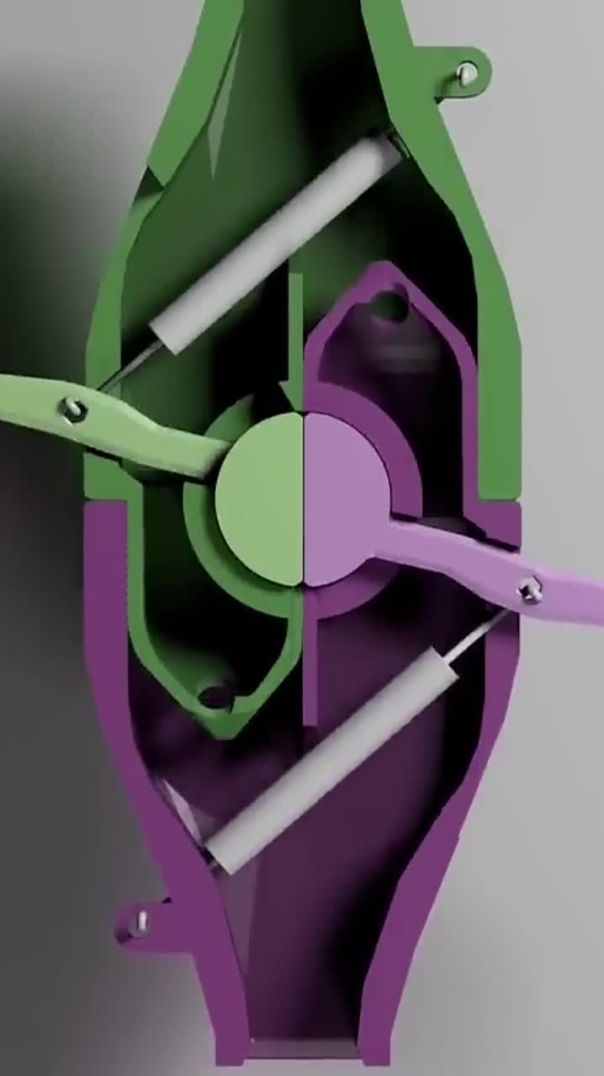In a rapidly globalizing world, medical tourism has become a burgeoning industry, with patients seeking cost-effective healthcare solutions beyond their national borders. Australia and various Asian nations have emerged as key players in this arena, each offering unique advantages. But who really offers cheaper medical procedures, and how does this dynamic impact Australians? In this article, we delve into a comparative analysis of medical costs, industry trends, and the economic implications for Australia.
Understanding the Cost Dynamics: Australia vs. Asia
The cost of medical procedures is a critical factor influencing patients' decisions to travel abroad for healthcare. In Australia, the high cost of healthcare is largely due to the advanced medical infrastructure, strict regulatory standards, and the high cost of living, which translates into higher salaries for medical professionals.
In contrast, many Asian countries, such as Thailand, India, and Malaysia, offer substantially lower medical procedure costs. This is primarily due to lower operational costs, including wages and infrastructure maintenance. For instance, a heart bypass surgery in India can cost as little as AUD 7,000, compared to AUD 40,000 in Australia. This price disparity is a significant driver for Australians considering medical tourism in Asia.
Case Study: Thailand's Medical Tourism Boom
Thailand has positioned itself as a global leader in medical tourism, attracting over 2.5 million medical tourists annually. The country offers competitive prices for medical procedures, which are often 50-70% cheaper than in Australia. A key factor is the Thai government's active promotion of medical tourism, which includes investments in healthcare infrastructure and ensuring high standards of medical care.
For example, Bumrungrad International Hospital in Bangkok is accredited by the Joint Commission International (JCI) and offers world-class healthcare services at a fraction of the cost in Australia. Australian patients have reported savings of up to 60% on complex surgeries, including hip replacements and cosmetic procedures, when opting for treatment in Thailand.
Economic and Policy Factors Influencing Medical Costs
The Australian healthcare system, known for its high quality and universal coverage, is supported by a mix of public and private funding. However, the system is burdened by rising healthcare costs, with the Australian Bureau of Statistics reporting a 4% annual increase in healthcare expenditure, reaching AUD 202 billion in 2022. This trend exacerbates the cost disparity with Asia, where healthcare systems benefit from lower operational expenses and government subsidies.
Moreover, the Australian Competition & Consumer Commission (ACCC) monitors healthcare pricing to ensure fair competition, but this can inadvertently keep prices high due to compliance costs. Meanwhile, Asian countries often leverage government-backed initiatives to attract foreign patients, offering high-quality care at lower prices.
Case Study: India's Healthcare Ecosystem
India's healthcare sector is another significant player in the medical tourism industry. With a robust network of accredited hospitals and a large pool of English-speaking medical professionals, India provides affordable healthcare options without compromising quality.
Australian patients who have undergone procedures in Indian hospitals report savings of up to 70% on orthopedic surgeries and cancer treatments. The Indian government's focus on enhancing healthcare infrastructure and promoting medical tourism has resulted in an annual growth rate of 18% in its medical tourism industry.
Pros and Cons of Medical Tourism for Australians
Pros:
- Cost Savings: Medical procedures in Asia can be up to 70% cheaper than in Australia.
- Access to Advanced Treatments: Some Asian hospitals offer cutting-edge treatments not yet available in Australia.
- Shorter Waiting Times: Patients can often receive treatment more quickly abroad due to less congestion in the healthcare system.
Cons:
- Travel Risks: Medical tourism involves travel, which can pose risks, especially for those with pre-existing conditions.
- Lack of Post-operative Care: Follow-up care may be challenging to coordinate from abroad.
- Quality Variability: Not all hospitals abroad may meet the rigorous standards of Australian healthcare facilities.
Future Trends in Medical Tourism and Implications for Australia
As medical tourism continues to grow, Australia faces both challenges and opportunities. The rising trend of Australians seeking healthcare abroad highlights the need for the domestic healthcare industry to adapt. By embracing technological advancements and streamlining healthcare delivery, Australia can enhance its competitiveness in the global healthcare market.
Additionally, with the Reserve Bank of Australia projecting a 5% growth in healthcare spending over the next decade, there is an urgent need for policy reforms to manage costs effectively. Emphasizing preventive care and digital health solutions could play a crucial role in reducing overall healthcare expenses.
Conclusion
In conclusion, while Asia currently offers cheaper medical procedures, Australia can leverage its high standards and advanced healthcare system to remain competitive. By addressing cost challenges and embracing innovation, Australia can ensure its healthcare system continues to provide excellent care for its citizens.
Are you considering medical tourism, or have you experienced healthcare abroad? Share your thoughts and stories in the comments below!
People Also Ask
- How does medical tourism impact Australia's healthcare system? Medical tourism can reduce the strain on Australia's healthcare system by decreasing patient loads but may also result in the loss of revenue for local healthcare providers.
- What are the biggest misconceptions about medical tourism? Many believe that overseas healthcare lacks quality, but numerous Asian hospitals are accredited and offer high standards of care.
- Who benefits the most from medical tourism? Patients needing costly procedures, such as surgeries, benefit the most from medical tourism due to significant cost savings abroad.
Related Search Queries
- Medical tourism in Australia
- Cheapest countries for medical procedures
- Cost comparison of surgeries in Australia and Asia
- Top hospitals for medical tourism in Asia
- Impact of medical tourism on Australian economy
- Healthcare accreditation standards in Asia
- Risks of medical tourism
- Government policies on medical tourism in Australia
- Future of medical tourism industry
- Medical tourism case studies

























